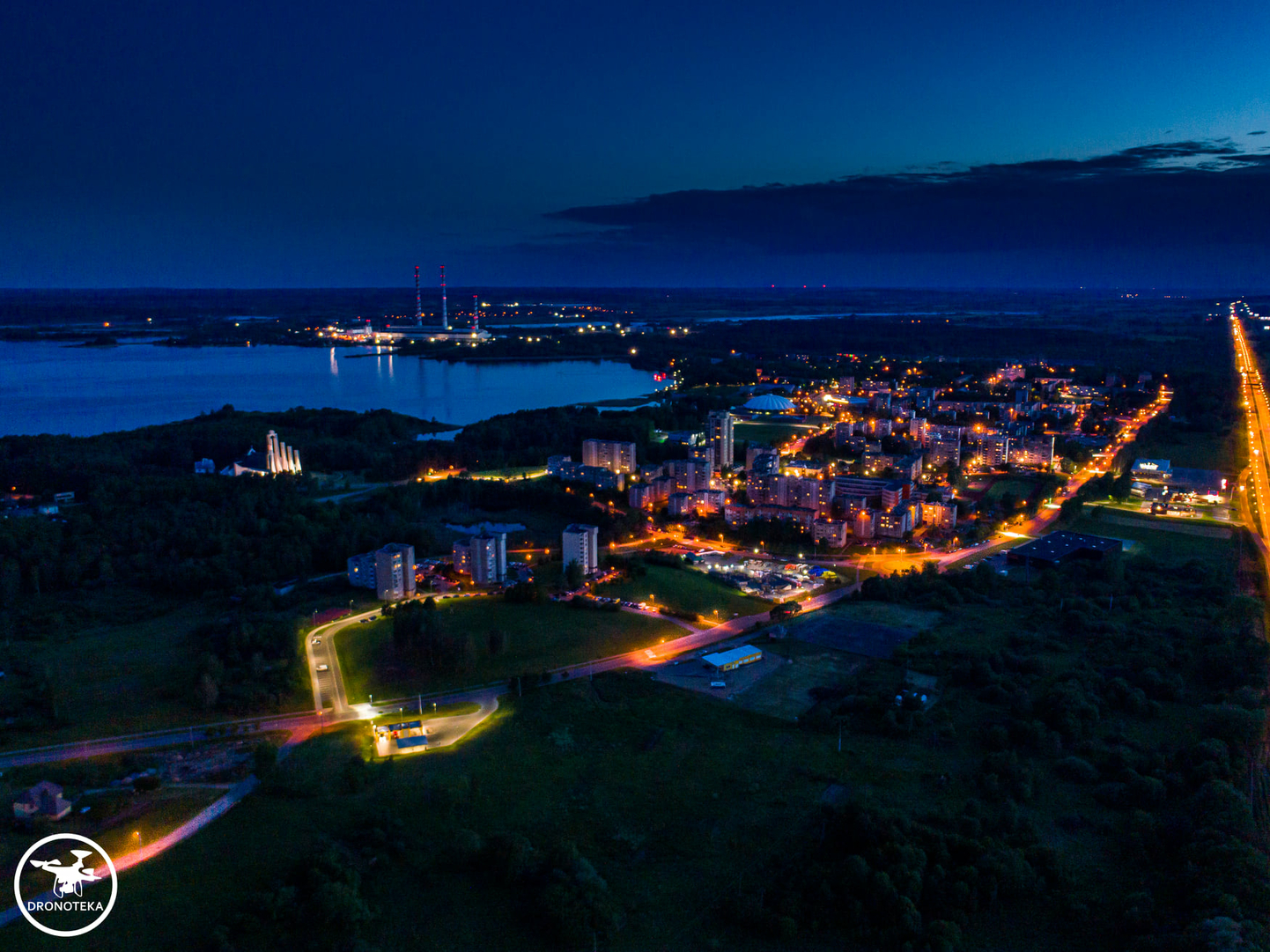Elektrėnai Tourism Information Center
- What to do?
- Where to stay?
- Where to eat ?
- Useful information
- Structure



























































